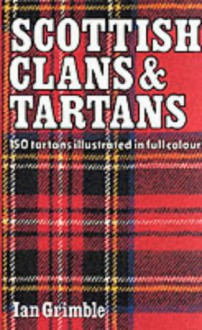
Plaid is a truly and socially noteworthy example that is made of up intersection level and vertical groups or strings of hues. Scottish Tartans were truly made with woven fleece; be that as it may, today they can comprise of most different materials. The example is most vigorously connected with Scotland because of its numerous utilizations in the midst of war, and Scottish kilts quite often will highlight plaid designs.
The vast majority of the plaid designing is because of basic decision, much like individuals will pick hues and garments they appreciate to wear in present day times. It was like this from the seventeenth century until the mid-nineteenth century when numerous examples were made to be related with Scottish tribes and families. Today, it is evaluated that there are about 7,000 unique plaids that exist, with around 150 new ones made every year. This makes one wonder: for what reason are there such a significant number of various types of plaids?
The various types of plaids can be separated by shading into three classes: current, quieted, and old. These classifications just mirror the sort of color or shading specialist that was utilized to make the plaid. The hues themselves can run the whole way across the rainbow and have implications, for example, blue, symbolizing waterways, green for backwoods and prairies or yellow for crops, contingent upon the territorial foundations.
The enrollment and naming of authentic faction plaids started in April of 1815. Huge numbers of the individuals during that time had no clue what their plaid may be or what it implied yet were prepared to conform to the enlistment. Today, the plaid and "tribe plaid" is a pivotal piece of a Scottish family. Most Scottish families will have a wide range of plaids associated with their name, and a few factions even have official plaid designs. More plaids can be made and added to the rundown of faction plaids, however they should be endorsed by the group boss, and the Lord Lyon King of Arms, and afterward at last the Advisory Committee on Tartan.
Different plaids are accessible that have no connection to Scottish groups. There are plaids for families, people, regions, organizations, foundations, ethnic gatherings and memorial plaids for different occasions from the beginning of time. texture Tartans has a long history with the military, particularly with the Commonwealth, consequently managing numerous military units plaid dress garbs.

 Log in with Facebook
Log in with Facebook 








